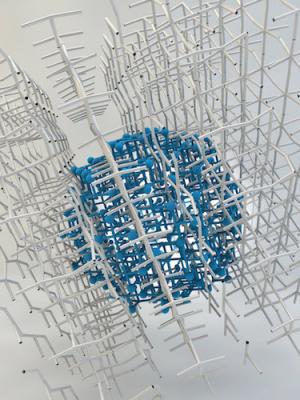Perovskite-Info interviews Ossila's lead perovskite scientist
UK-based Ossila provides components, equipment and materials to enable faster and smarter organic electronics research and discovery. Ossila provides both materials and equipment for perovskite researchers, and the company's lead perovskite scientist, Dr. Jonathan Griffin, was kind enough to answer a few questions we had for him.
 Thanks to improved knowledge about salt-solvent interactions, single crystals of perovskites can now be grown. Pictured above are several single-crystal MAPbBr perovskites, alongside the seed crystals used to grow these crystals
Thanks to improved knowledge about salt-solvent interactions, single crystals of perovskites can now be grown. Pictured above are several single-crystal MAPbBr perovskites, alongside the seed crystals used to grow these crystals
Dr. Griffin holds nearly a decade of experience working in organic photovoltaic research and over 5 years of working with perovskites. At Ossila, Jonathan works on technical support for several material ranges, including perovskites, organic photovoltaics, graphene and other 2-D materials. He is also involved in the development of new test equipment and product ranges. Prior to this, he worked in a postdoctoral research position at the University of Sheffield.
Q: Thank you for your time Dr. Griffin. Can you detail for us Ossila's perovskite product range in general?






